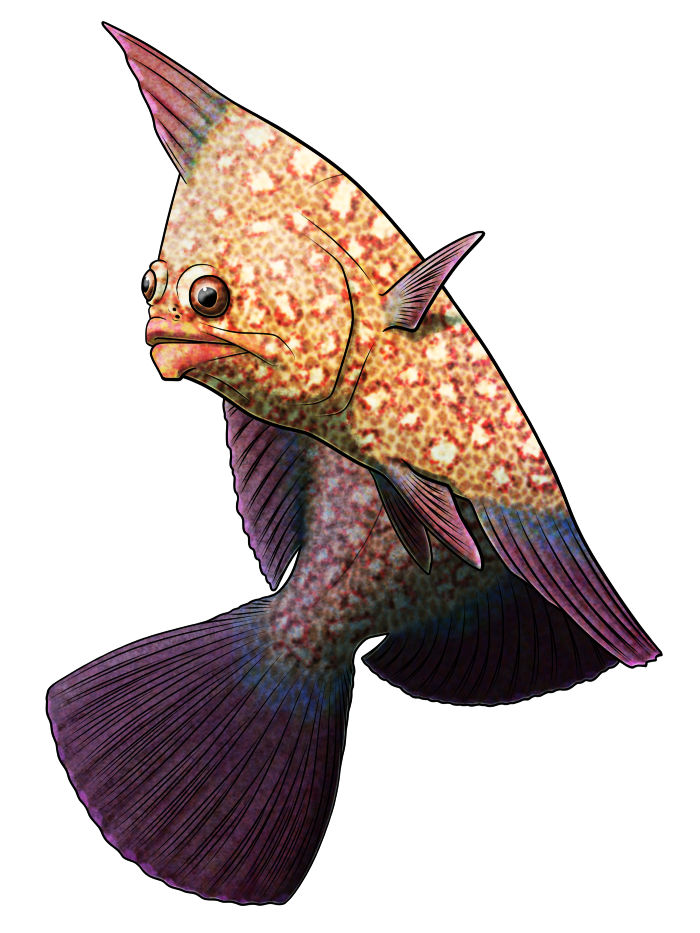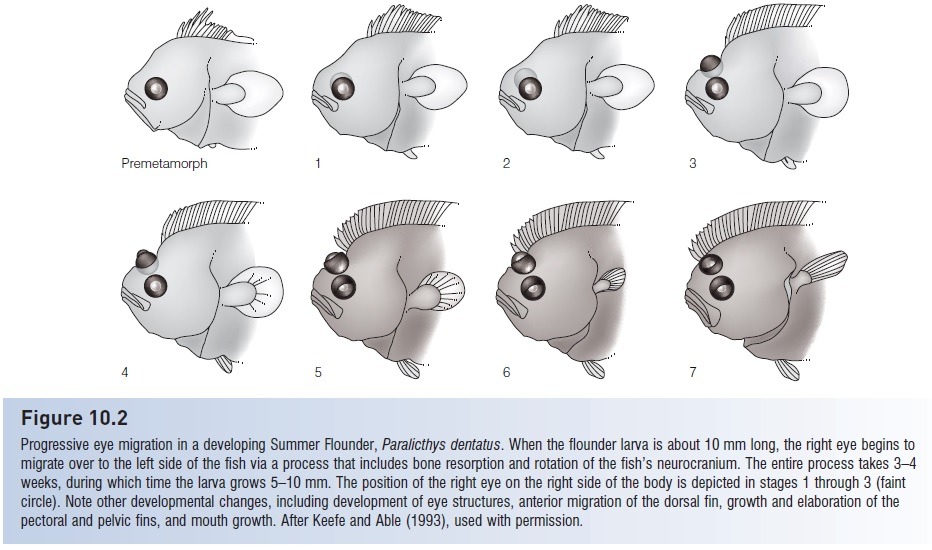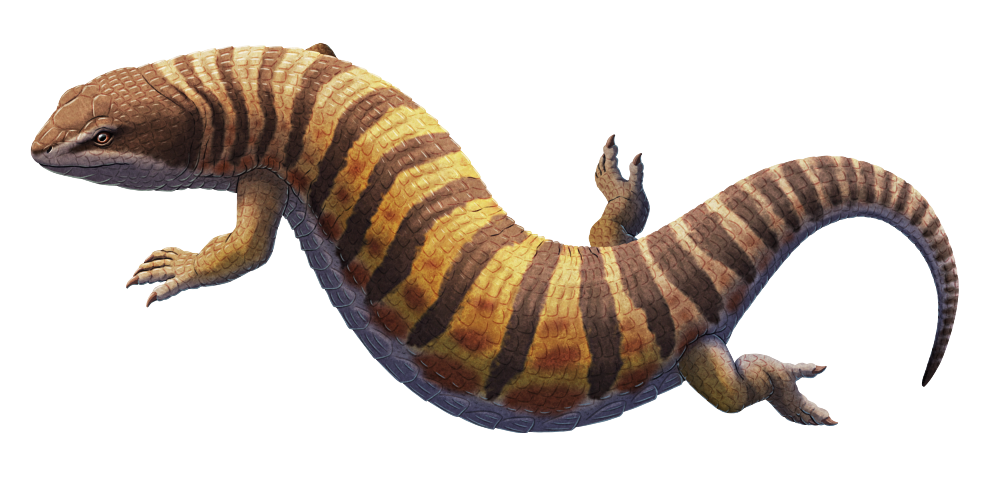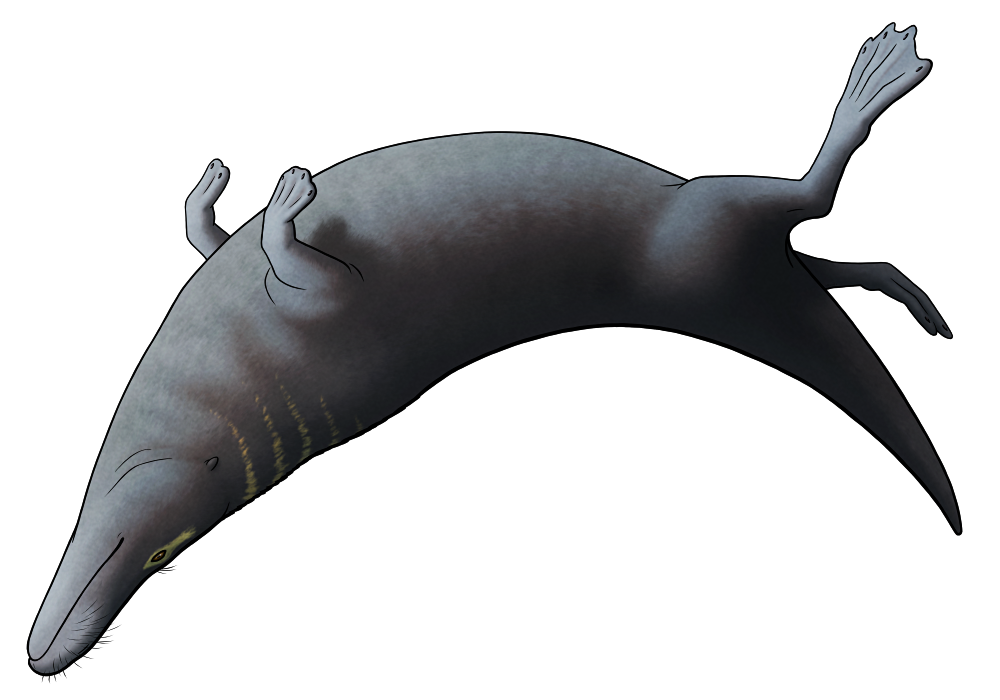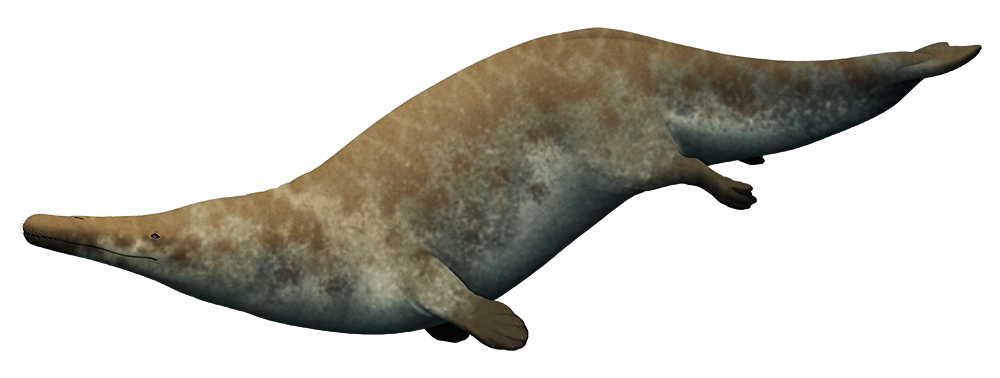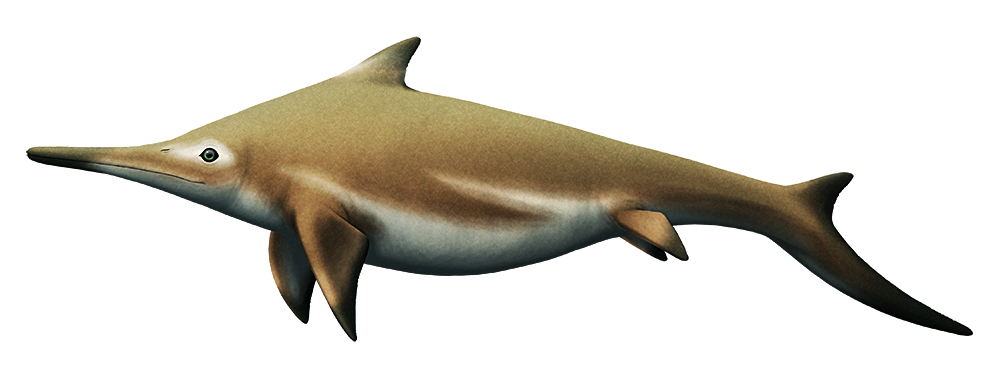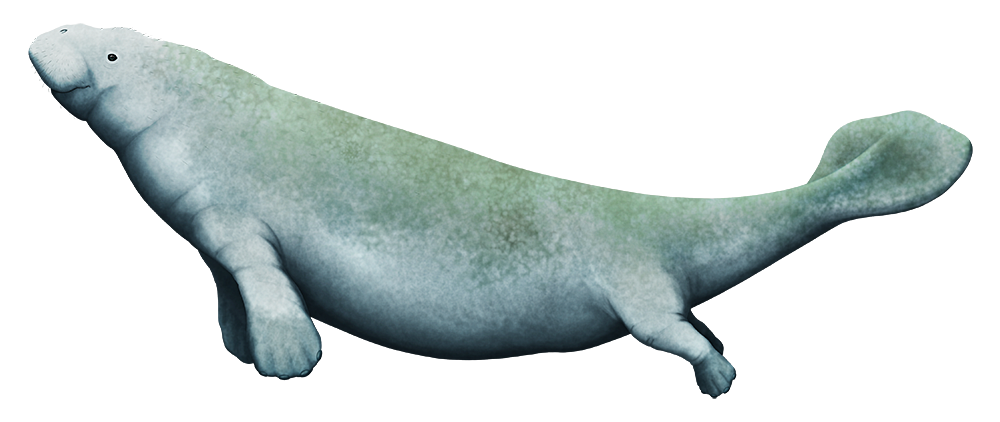Biofluorescense is the term for when living organisms “glow” under certain types of light. Although it’s not usually directly visible to human eyes, wavelengths such as ultraviolet can reveal it – and we’re still only just starting to discover how widespread it really is in nature.
This phenomenon has been found in all major groups of modern amphibians, with most of them glowing green under UV, suggesting that it originated in their ancestors at least 300 million years ago.
So, ancient species like Funcusvermis gilmorei here could probably glow green, too!
Living during the late Triassic (~220 million years ago), fossils of Funcusvermis were found in what is now Arizona, USA. It’s only known from fragmentary remains, but those pieces are distinctive enough to identify it as the earliest known relative of modern caecilians.
It had a caecilian-like jaw with two rows of teeth, but unlike its worm-like modern relatives it still had small legs and wasn’t as highly specialized for burrowing. The shape of its vertebrae suggest it had a tubular body, and while its exact proportions and full length are unknown it may have been comparable in size to the smallest modern caecilians, around 10cm long (~4″).
Its combination of anatomical features gives further support to the idea that all modern amphibians share a common ancestor among the dissorophoid temnospondyls. The more distantly related but also caecilian-like Chinlestegophis may be a case of convergent evolution, representing a separate branch of temnospondyls that were coincidentally exploring a similar sort of lifestyle at around the same time.


